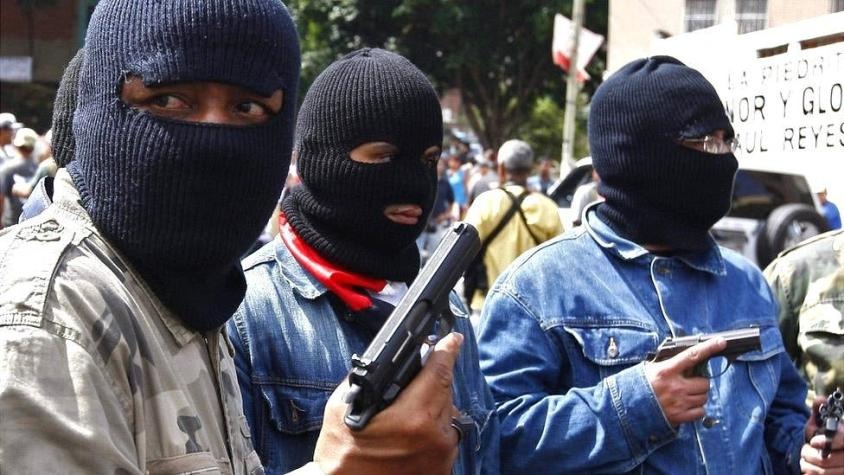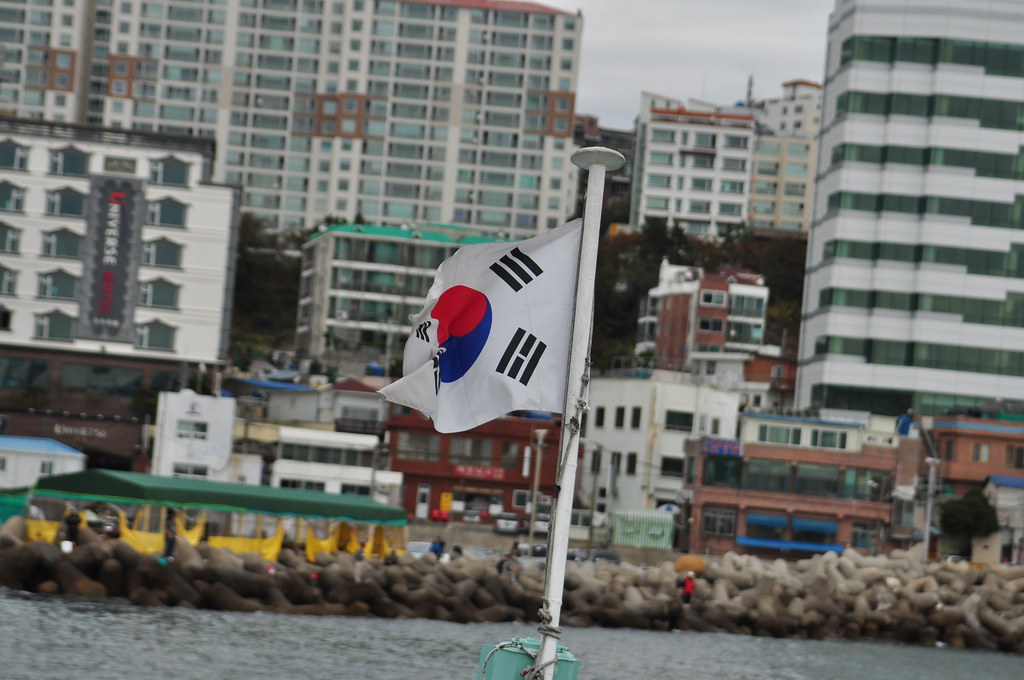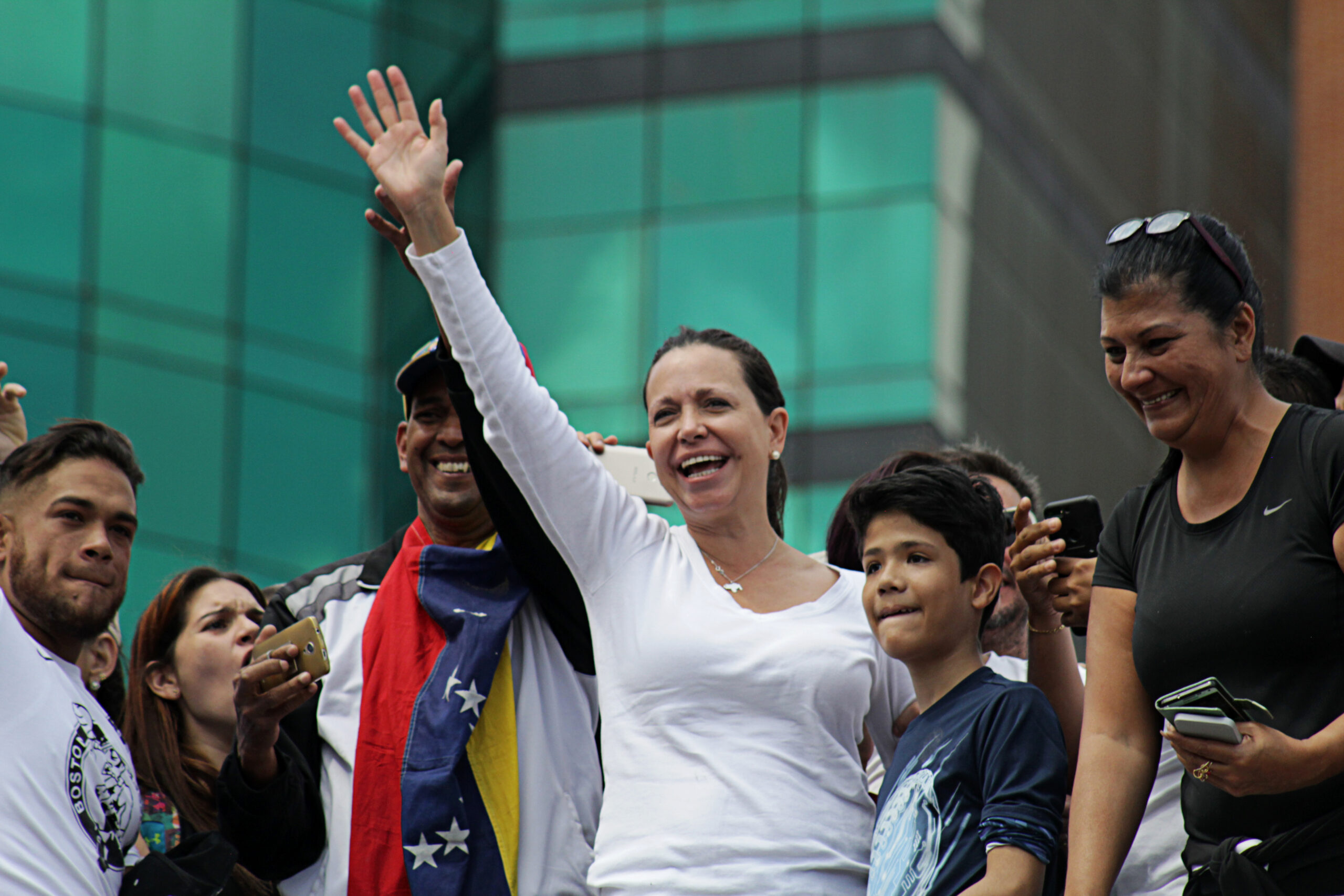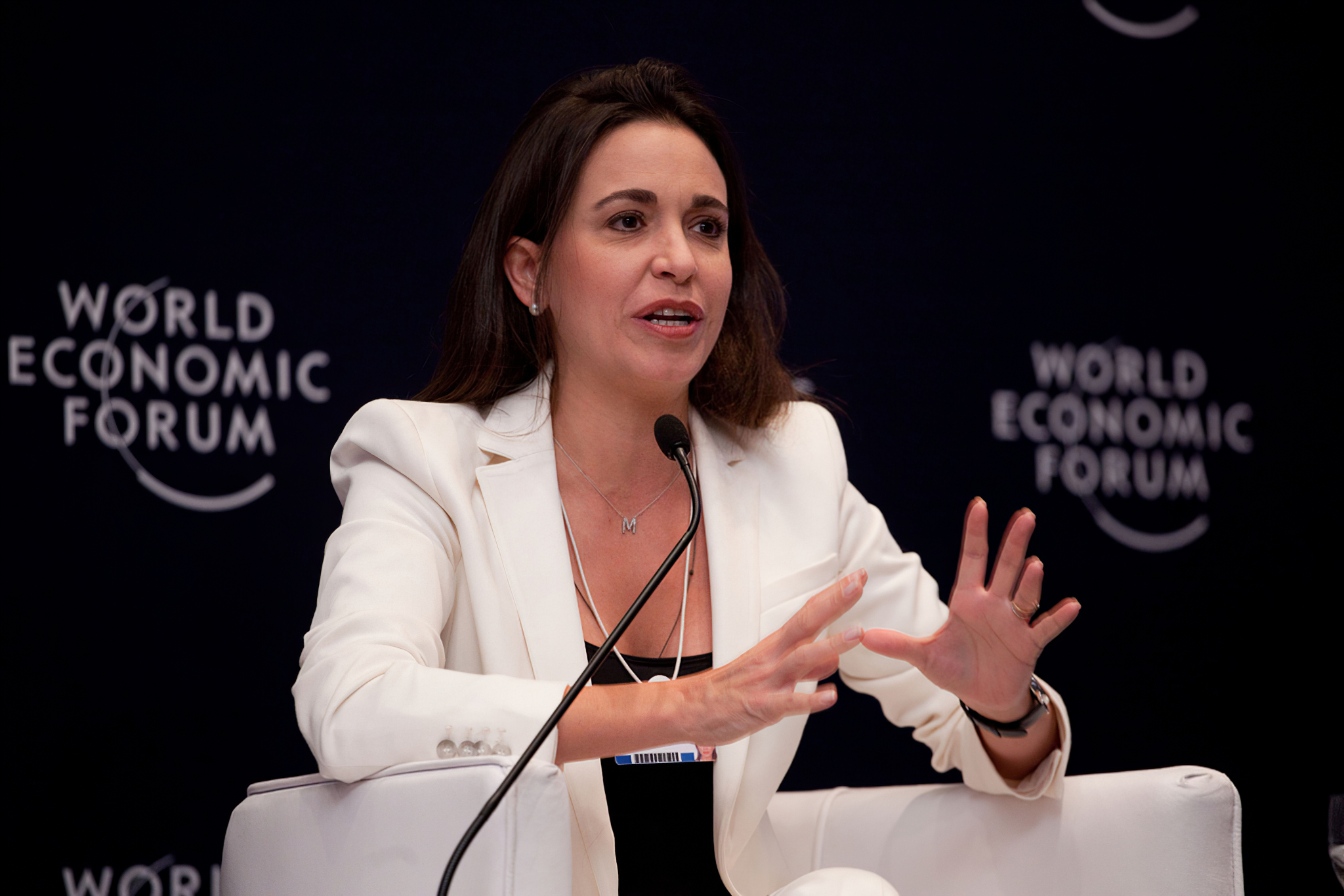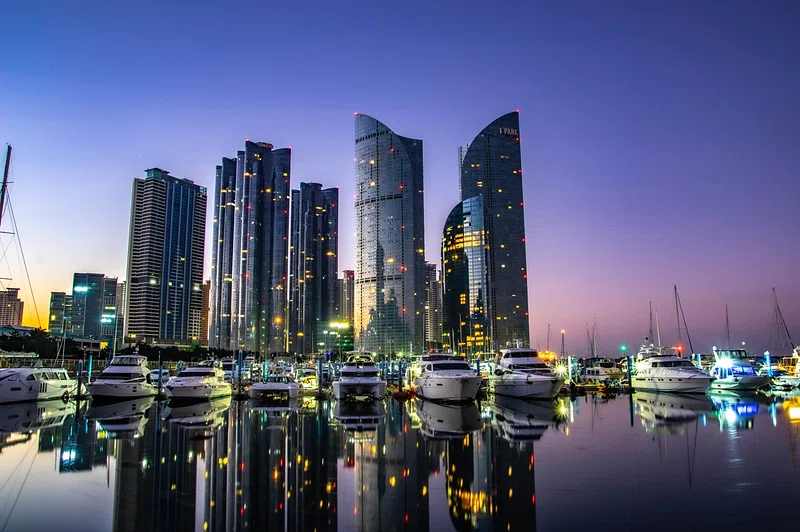By Matija Šerić
The world we live in is also a world of organized crime. Well-structured crime, with a clear head and tail, is part of our everyday life, whether we want to admit it or not. Large criminal syndicates have a profoundly negative impact on states, nations, and individuals. Many of them resemble elite military units with rigid structures. One of them is Tren de Aragua.
It is one of the most important criminal organizations to have emerged in Latin America in recent decades, and it is without question the number one in Venezuela. This Venezuelan mafia, which grew out of an average prison gang, gradually expanded its influence and activities far beyond the country’s borders. It has become synonymous with violence, murder, human trafficking (especially of Venezuelan migrants), prostitution, drug smuggling, and organized crime as a whole. In recent months, the very powerful Tren de Aragua has attracted international attention after Donald Trump’s administration, on January 20 of this year, placed it on the list of foreign terrorist organizations. And with good reason.
Origins in Prison
We must start at the beginning. Tren de Aragua did not emerge “by the Holy Spirit” but as a consequence of the multilayered political and social circumstances prevailing in the Bolivarian Republic of Venezuela at the start of the 21st century. The gang was founded in 2005 in Maracay, the capital of Aragua state. It was formed inside the notorious Tocorón prison complex. The group’s name, which literally translates as Train of Aragua, comes from a workers’ union involved in a railway project that was never completed. Héctor Rusthenford Guerrero Flores, known by the nickname Niño Guerrero, consolidated the organization during his time in prison.
Unexpected Indirect Support from the State
Under Niño Guerrero’s leadership, Tocorón became one of the most infamous prisons in Venezuela. This was largely due to President Hugo Chávez’s policy of handing over control of some prisons to inmate gang leaders. In effect, the weak Venezuelan state “unburdened” itself from worrying about prisons and focused on other issues deemed more important by the socialist leadership. Chávez’s policy enabled not only the construction of a zoo, swimming pool, playgrounds, restaurants, and a nightclub, as well as tunnels for free entry and exit from the vast prison complex, but also the rise of a powerful gang. Normally, a leftist president showing leniency toward organized crime would be swiftly removed, but in Chávez’s case, this did not happen. Although Venezuelans were aware of the problems on the streets and in prisons, they chose to ignore them. The irresistible charisma of the colorful president was key.
Expansion Beyond the Prison Walls
Due to its brutality, assertiveness, and strict hierarchy, Tren de Aragua quickly gained full control over prison life and gradually extended its activities beyond Tocorón. The expansion of criminal activities outside the prison began in the nearby San Vicente neighborhood, where the gang established social control. Believe it or not, it even received government funds for humanitarian purposes. Tren de Aragua also made cooperation and truce agreements with other criminal groups in Aragua, including the strongest gang, Tren del Llano.
However, after that group’s leader was killed in 2016, Tren de Aragua took over its operations in Aragua and part of Guárico state. In the following years, the gang expanded its network into other Venezuelan states through alliances with smaller gangs. In addition to its home state, the organization is now present in Guárico, Carabobo, Sucre, Bolívar, Trujillo, Miranda, Lara, Yaracuy, Táchira, and Zulia.
Report about the organization
Symbols
Today, Tren de Aragua is the most powerful criminal organization in Venezuela and one of the strongest in Latin America. According to all reliable estimates, it has between 5,000 and 7,000 members. The majority are Venezuelan nationals. While it may sound trite, uncreative, even childish, the gang’s usual symbols are the AK-47, the Air Jordan logo, and a skull with a gas mask. Members tattoo these symbols on their bodies while also wearing clothing (shirts, caps, jackets) of the Chicago Bulls, the American basketball team made famous by Michael Jordan. It would be laughable—if they were not cold-blooded killers.
Hierarchical Structure
The organization is recognizable for its brilliantly arranged hierarchy. At its head stands the pram (roughly meaning “leader”), the already mentioned Niño Guerrero. He makes all the key decisions. His criminal career began in 2005 when he killed a police officer in Aragua. He was first imprisoned in Tocorón in 2010 but escaped two years later. He was recaptured in 2013 and returned to Tocorón, which marked the consolidation of Tren de Aragua. Until the fall of 2023, Niño Guerrero was imprisoned in Tocorón, which functioned as the gang’s informal headquarters.
Below the supreme leader are the most influential lieutenants. Among the most important are Larry Amaury Álvarez, nicknamed Larry Changa (arrested by Colombian police in July 2024), Kenferson Sevilla Arteaga, known as El Flipper, and Yohan José Guerrero, known as Johan Petrica. They oversee various operations such as drug trafficking or illegal gold mining. Lower-ranking members, often recruited from poor communities, execute orders and maintain control over conquered territories. Even as the gang expanded internationally, it managed to preserve its hierarchy under Niño Guerrero.
A documentary about the organization
Modus Operandi
The organization’s main activities include: drug trafficking, human trafficking, arms smuggling, prostitution, illegal mining, kidnappings for ransom, money laundering, and robberies. Extortion of small and medium-sized businesses and citizens is a significant source of income. The gang is heavily involved in smuggling migrants fleeing Venezuela in search of a better life. Each cell specializes in different activities depending on local conditions. Tren de Aragua uses savage violence as a means of maintaining control and intimidating rivals and local communities. Clashes with rival gangs are frequent, as are brutal punishments for uncooperative members or those who break the rules.
The gang is deeply involved in international drug trafficking. Its networks stretch from Venezuela through Colombia, Peru, and Brazil, all the way to Europe and the United States. They use sophisticated smuggling methods to ensure an uninterrupted flow of narcotics. Tren de Aragua has a partnership with the Brazilian criminal organization Primeiro Comando da Capital (PCC). It is also connected with international criminal networks in Europe, further demonstrating its global influence. According to some sources, it even has ties with the Russian mafia.
Tren de Aragua Resembles a Secret Service
Venezuelan criminals have shown an extraordinary ability to adapt and infiltrate different countries, as if they were a kind of secret intelligence service carrying out dirty work like the CIA or FSB (formerly the KGB). In reality, however, it is a private “company,” not a state agency. Still, there are connections between the gang and the Venezuelan state, or at least some of its structures. Police sources confirm that during the governorship of chavista politician Tareck El Aissami in Aragua (2012–2017), Tren de Aragua’s activities expanded both inside and outside the state. Allegedly, in 2017, President Nicolás Maduro, through El Aissami, sought the gang’s support to suppress massive anti-government protests. The support was granted—and the protests were crushed.

